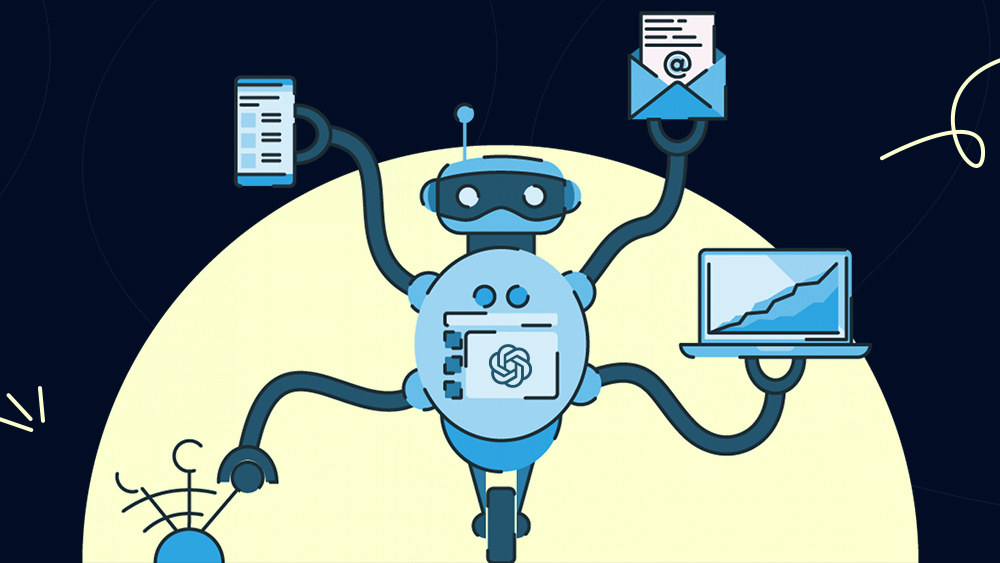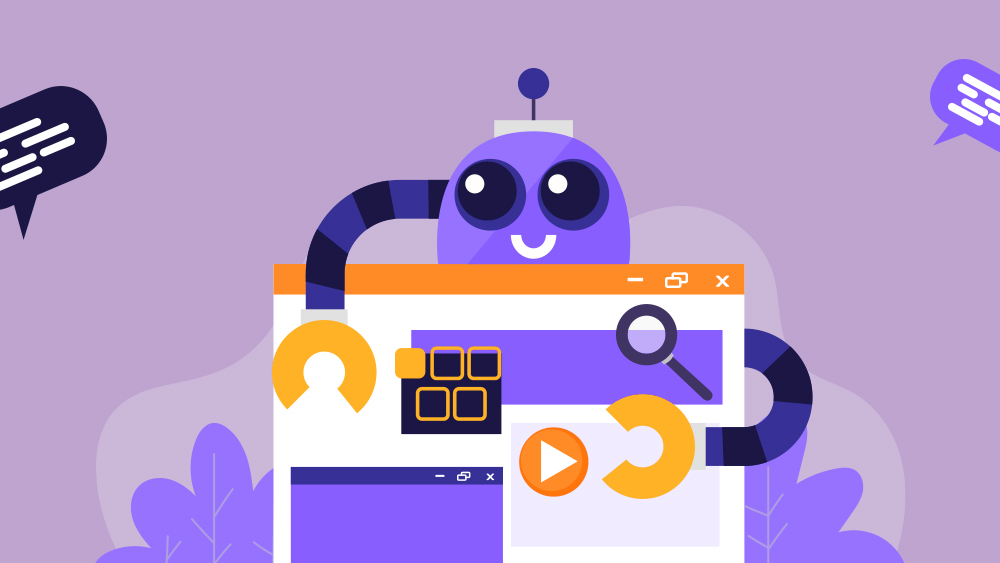Design automation has been rapidly evolving over the years. Advancements in technology have made it possible to automate many design processes. One of the key technologies that have played a crucial role in design automation is artificial intelligence (AI). In particular, AI-powered natural language processing (NLP) has been a game-changer for design automation. GPT-3, the third-generation language model from OpenAI, has been widely used in design automation to generate text, images, and even code. However, GPT-3 has its limitations. The next-generation language model, GPT-4, is expected to have a significant impact on design automation.
What is GPT-4?
GPT-4 is the fourth-generation language model developed by OpenAI. It is the successor to GPT-3 and is expected to be more powerful and versatile. GPT-4 is expected to have up to 10 times the parameters of GPT-3, which means it will be able to process and generate much larger amounts of data. Additionally, GPT-4 is expected to have better natural language understanding, which will enable it to generate more accurate and coherent text.
Impact of GPT-4 on Design Automation
Better Natural Language Processing

One of the key areas where GPT-4 is expected to have a significant impact on design automation is in natural language processing. GPT-4 is expected to have better natural language understanding, which means it will be able to generate more accurate and coherent text. This will enable designers to automate more design processes and generate more complex designs. For example, GPT-4 could be used to generate complex product descriptions or design specifications.
Improved Image and Video Generation
GPT-4 is also expected to have improved image and video generation capabilities. This means that it will be able to generate more realistic images and videos, which will be useful in many design applications. For example, GPT-4 could be used to generate 3D product models or architectural designs.
Faster Prototyping
Another area where GPT-4 could have a significant impact is in prototyping. GPT-4 will be able to generate designs much faster than humans, which means that designers will be able to prototype designs more quickly. This will enable designers to test more design iterations and improve the quality of their designs.
Improved Design Optimization

GPT-4 could also be used to improve design optimization. Design optimization is the process of finding the best design for a given set of constraints. GPT-4 could be used to generate a large number of design options and test them against various constraints. This would enable designers to identify the best design options quickly.
More Accurate and Precise Designs
Finally, GPT-4 could enable designers to create more accurate and precise designs. GPT-4’s improved natural language processing and image generation capabilities mean that it will be able to generate more detailed design specifications. This will enable designers to create designs that are more precise and accurate, which will be useful in many applications, such as product design or architecture.
One of the key advantages of GPT-4 over its predecessor, GPT-3, is its ability to generate more accurate and coherent text. This means that designers can use GPT-4 to automate more design processes, such as generating complex product descriptions or design specifications. This can help save time and increase efficiency in the design process.
Another area where GPT-4 can have a significant impact is in image and video generation. GPT-4 is expected to have improved capabilities in generating more realistic images and videos, which can be used in many design applications, such as 3D product modeling or architectural designs. This can help designers visualize their designs more accurately and improve the quality of their designs.
GPT-4 can also be used to speed up the prototyping process. By generating designs faster than humans, designers can test more design iterations and improve the quality of their designs. This can help reduce the time it takes to develop a product or design, ultimately saving time and resources.
In addition, GPT-4 can be used to improve design optimization. Design optimization is the process of finding the best design for a given set of constraints. GPT-4 can generate a large number of design options and test them against various constraints, enabling designers to identify the best design options quickly. This can help designers make better decisions and create more optimized designs.
Finally, GPT-4 can help designers create more accurate and precise designs. Its improved natural language processing and image generation capabilities mean that it can generate more detailed design specifications. This can help designers create designs that are more precise and accurate, which can be useful in many applications, such as product design or architecture.
In conclusion, GPT-4 has the potential to revolutionize design automation. Its improved capabilities in natural language processing, image and video generation, faster prototyping, design optimization, and precision can help designers automate more design processes and create more complex designs. The possibilities of GPT-4 in design automation are vast, and it will be interesting to see how designers use this technology to create new and innovative designs.